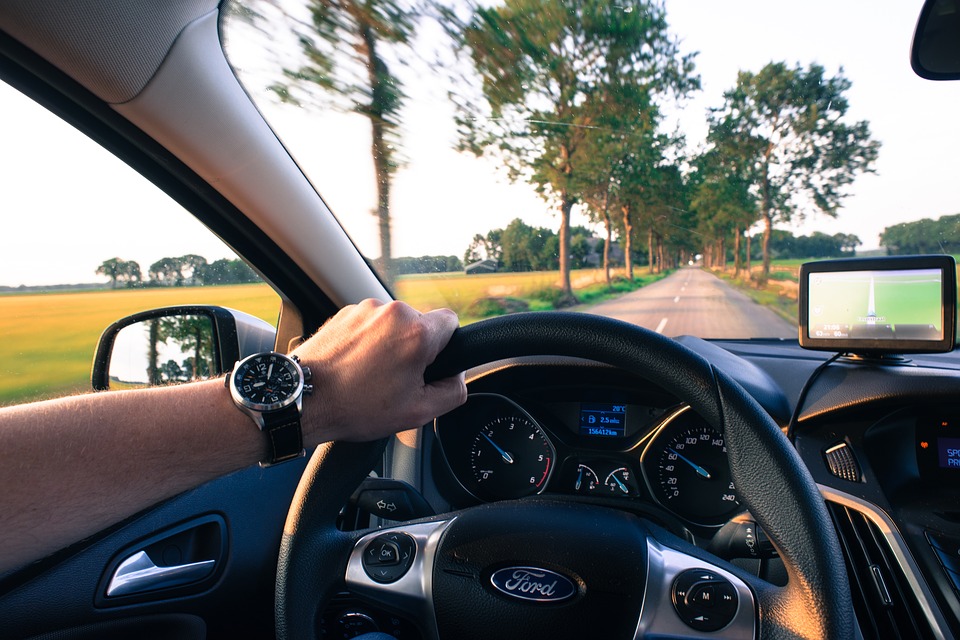Driving is a privilege, not a right. The privilege of driving on a highway is granted to, and retained by, only those persons who demonstrate that they are likely to drive safely. No person shall drive a motor vehicle on a highway unless the motor vehicle is within a class of motor vehicles in respect of which the person holds a driver’s licence issued to him or her.
Ontario Driver’s Licence
A Driver’s Licence is an official document which states that a person may operate a motorized vehicle, such as a car, motorbike, truck or a bus on a public roadway. As most adult Canadians possess a valid driver’s license, the driver’s license has become the de facto standard form of picture identification. Different categories of licence exist for different types of drivers and vehicles, particularly large trucks and passenger vehicles.
In Canada, driver’s licence is issued by the government of the province and territory in which the driver is residing. All provinces have provisions allowing non-residents to use licence issued by other provinces and International Driving Permits. Canadian licenses are also valid in the United States.
Drivers from out of province must obtain an Ontario driver’s licence if staying more than 90 days. New residents must apply after 60 days of living in Ontario.
Ontario Enhanced Drivers Licence
Starting June 2009, Ontario began issuing Enhanced Drivers Licences (EDLs) as an option to residents upon request. These licence while almost visually identical to regular drivers licences contained 2 distinct differences. The first being a machine readable code printed on the back of the card (visually similar to the same coding on a Canadian Passport). The second: an embedded RFID microchip. These changes were made in response to the heightened security precautions at US land border crossings. The changes allow for quicker procedures at a border crossing as well as a cheaper alternative to a Canadian Passport (40$ vs. 100$).
Driver’s Licence/License Suspension
Ontario allows the suspension of driver’s licenses for child support arrears through the FRO; job loss, and any other reasonable excuses, including the need for a licence to work, are routinely ignored, and you can expect to be jailed for up to 6 months immediately following your licence suspension. If caught driving with a suspended license, the vehicle you are driving will be impounded for 7-days.
Graduated Licensing System for Passenger Vehicles in Ontario
- Learner’s permit (G1): Available at the age of 16, with the passing of a multiple choice road theory test and an eye vision test, a G1 licence is issued which allows the learning driver to drive on roads accompanied by someone with full valid driver’s licence whose blood alcohol content (BAC) is less than 0.05 and has been licensed for four years. The driver also cannot drive on 400-series highways and other high-speed expressways (unless accompanied by a licensed instructor) or between 12:00 AM – 5:00 AM and must maintain their own BAC at zero.
- Probationary licence (G2): Available after having held a G1 licence for 12 months, or eight months if the driver has completed and passed a ministry-approved driver education course. This person may drive a vehicle for 14 days after the day of completing the G2 road test without insurance as long as the vehicle itself is insured. Probationary licence is acquired after successfully completing a road test. At this point the driver must still maintain a BAC of zero. As of September 2005 teenage drivers with a G2 licence are restricted in the number of passengers under 19 that they can carry during night-time driving.
- Full licence (G): After 1 year of possessing the G2 licence a driver can take an additional road test that often includes driving on a four lane divided highway. With successful completion they will obtain a full licence which carries no restrictions and are not required to take any further tests until the age of 80, provided they renew their licence every five years. Drivers aged 21 and under must still have a blood alcohol level of 0, even with a full G license. Drivers 80 and over must complete a vision and knowledge test and participate in a 90-minute group education session to renew their licence, and the maximum number of years that a licence can be issued for is two years.
Graduated Licensing System for Motorcycles in Ontario:
- Class M1: Motorcycles, including a limited-speed motorcycle (motor scooter) and a motor-assisted bicycle (moped). Level 1 of graduated licensing. Holders may drive a motorcycle under certain conditions, which are: Blood Alcohol Content must be zero, riders can only ride during daylight hours (1/2 hour before sunrise to 1/2 hour after sunset), cannot ride on any highway with speeds of greater than 80 km/h except Highways 11, 17, 61, 69, 71, 101, 102, 144 and 655 and no passengers.
- Class M2: Motorcycles, including a limited-speed motorcycle (motor scooter) and a motor-assisted bicycle (moped). Level 2 of graduated licensing. Holders may drive a motorcycle but only with a zero blood alcohol level. Holders may also drive a Class G vehicle under the conditions that apply to a class G1 licence holder.
- Class M2 with Condition L: Limited-speed motorcycle (LSM) or moped only
- Class M: Motorcycles, including a limited-speed motorcycle (motor scooter) and a motor-assisted bicycle (moped). Holders may also drive a Class G vehicle under the conditions that apply to a class G1 licence holder
- Class M with Condition L: Limited-speed motorcycle or mopeds only. Limited-speed motorcycles are motorcycles with a maximum speed of 70km/h. If manufactured after 1988 they are identified by a label on the vehicle that indicates it to be a “LSM/MVL”.
Additional Licensing Types for Ontario:
- Class F: Regular bus maximum of 24 passenger capacity and ambulances. Can also operate vehicles in Class ‘G’
- Class E: School purposes bus – maximum of 24 passenger capacity. Can also operate vehicles in Class ‘F’ and ‘G’
- Class D: Any truck or motor vehicle combination exceeding 11,000kg provided the towed vehicle is not over 4,600kg. Can also operate vehicles in Class ‘G’
- Class C: Any regular bus with designed seating capacity for more than 24 passengers. Can also operate vehicles in Class ‘D’, ‘F’ and ‘G’
- Class B: Any school purposes bus with designed seating capacity for more than 24 passengers. Can also operate vehicles in Class ‘C’, ‘D’, ‘E’, ‘F’ and ‘G’
- Class A with Condition R: Drivers with a restricted Class A licence condition would be prevented from operating a motor vehicle pulling double trailers or a motor vehicle pulling a trailer with air-brakes.
- Class A: Any tractor-trailer or combination of motor vehicle and towed vehicles where the towed vehicles exceed a total gross weight of 4,600kg. Can also operate vehicles in Class ‘A with Condition R’, ‘D’ and ‘G’
Ontario has used a graduated licensing system since 1994. A driver can take as little as 20 months to get a full licence, however a driver must have a full (G) licence within five years of obtaining a learners permit (G1).
Traffic laws are made by federal, provincial and municipal governments, and police from each level can enforce them. If the driver breaks a traffic law, they may be fined, sent to jail or lose their driver’s licence. If they get caught driving while their licence is suspended for a Criminal Code conviction, their vehicle may even be impounded.



















